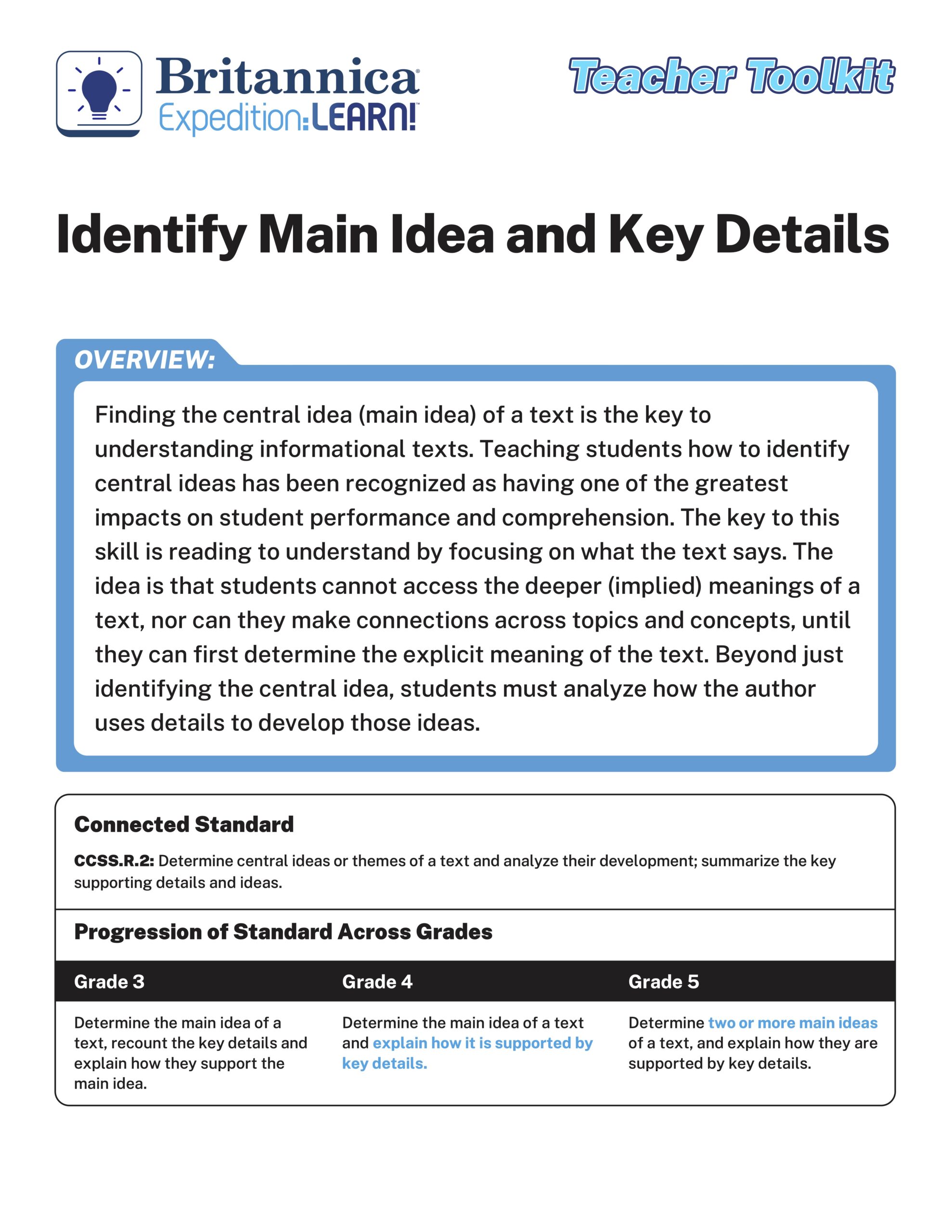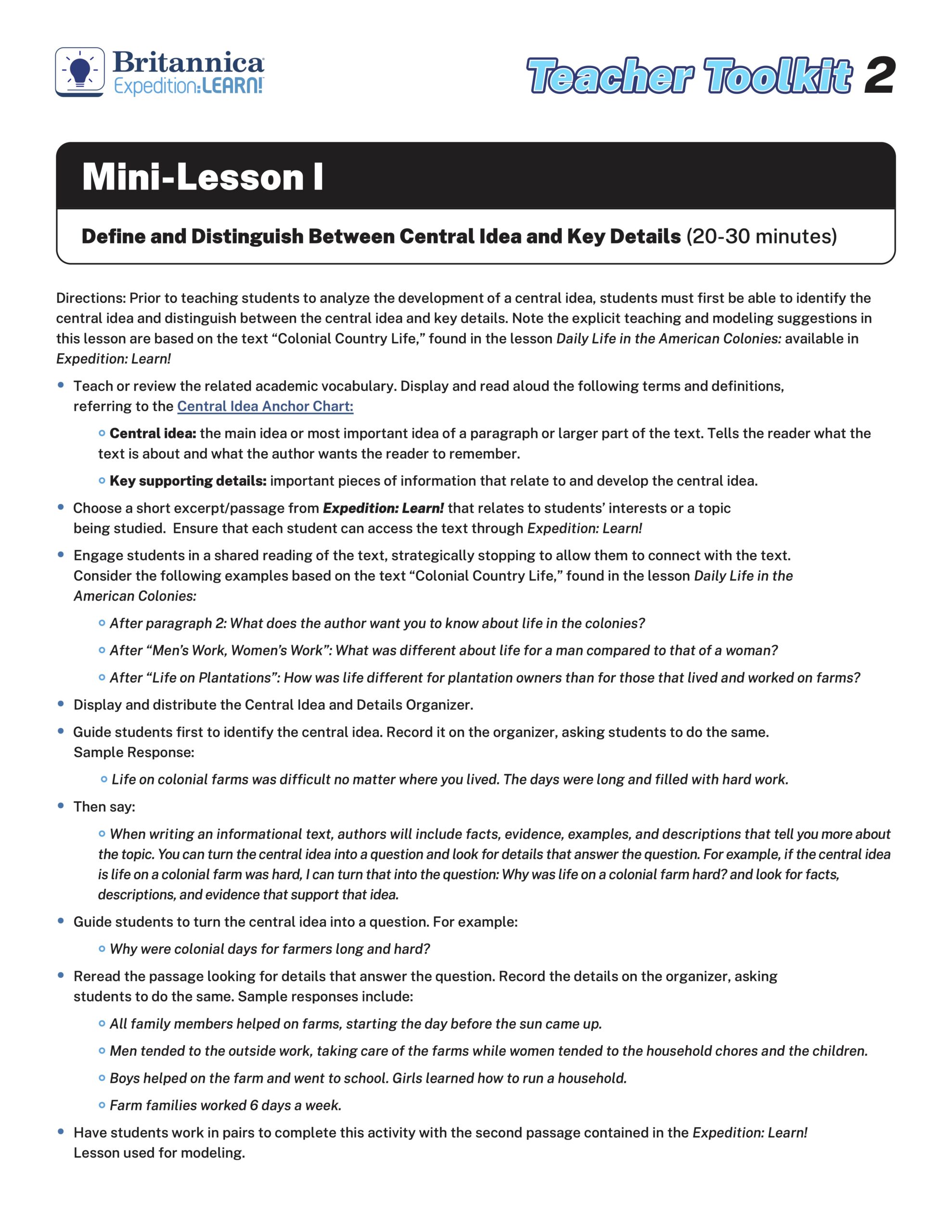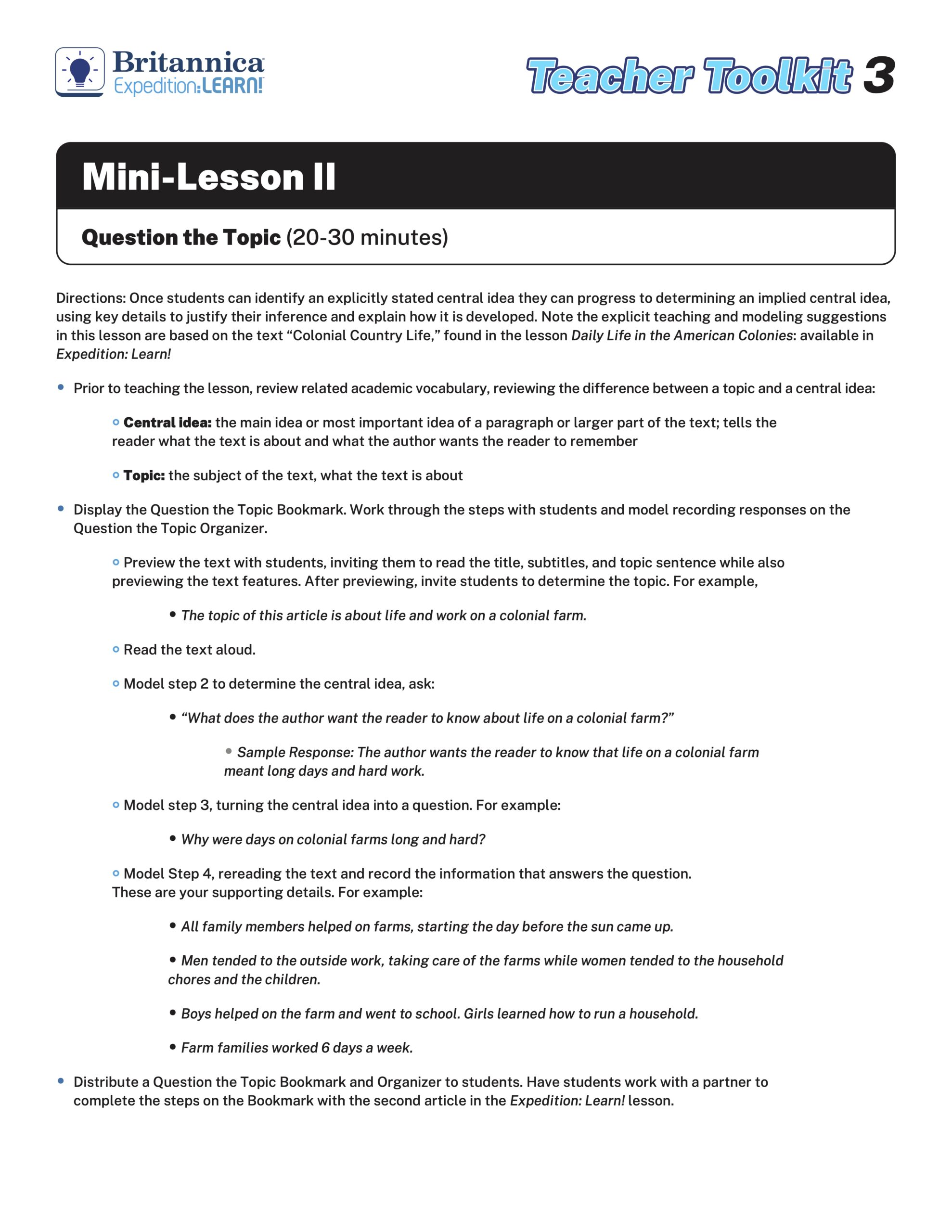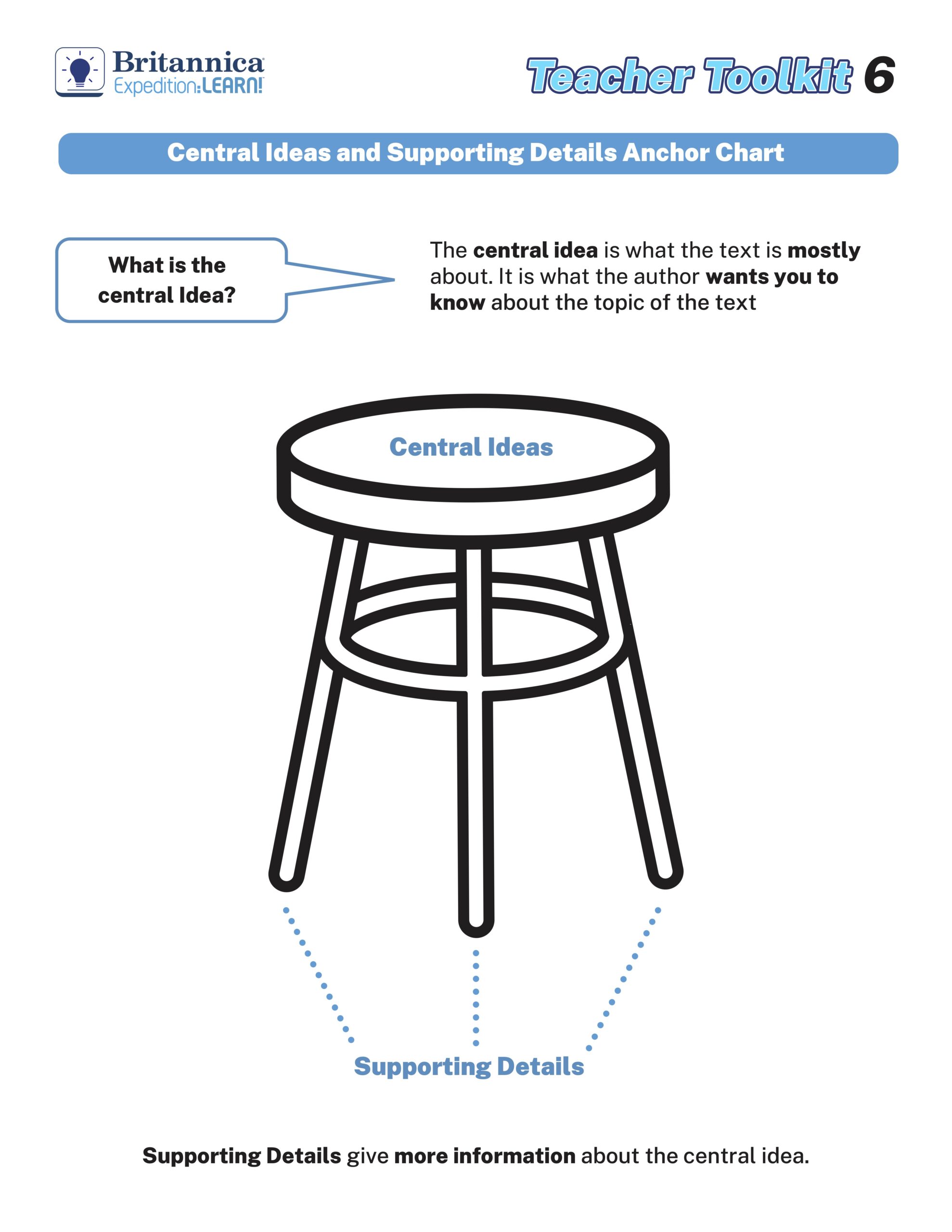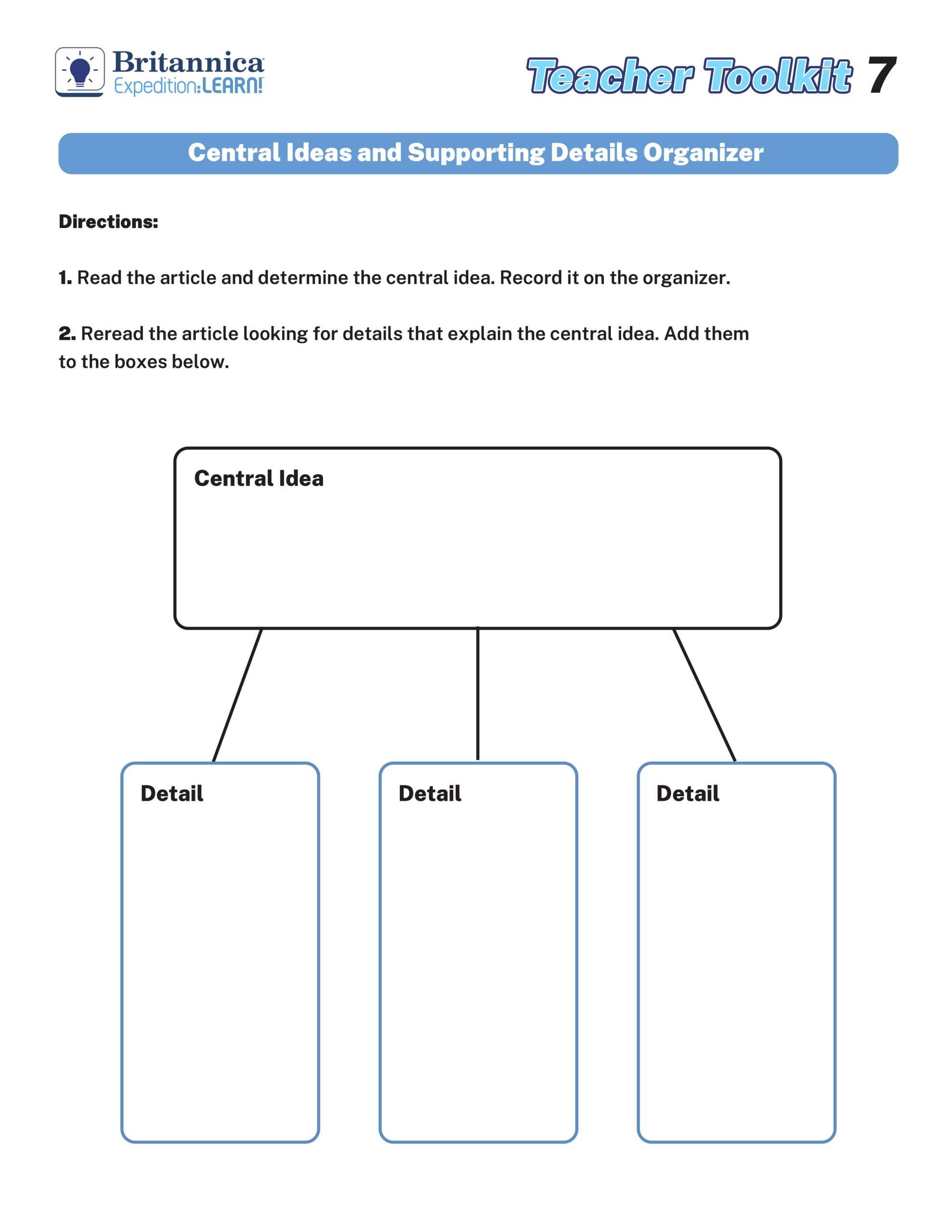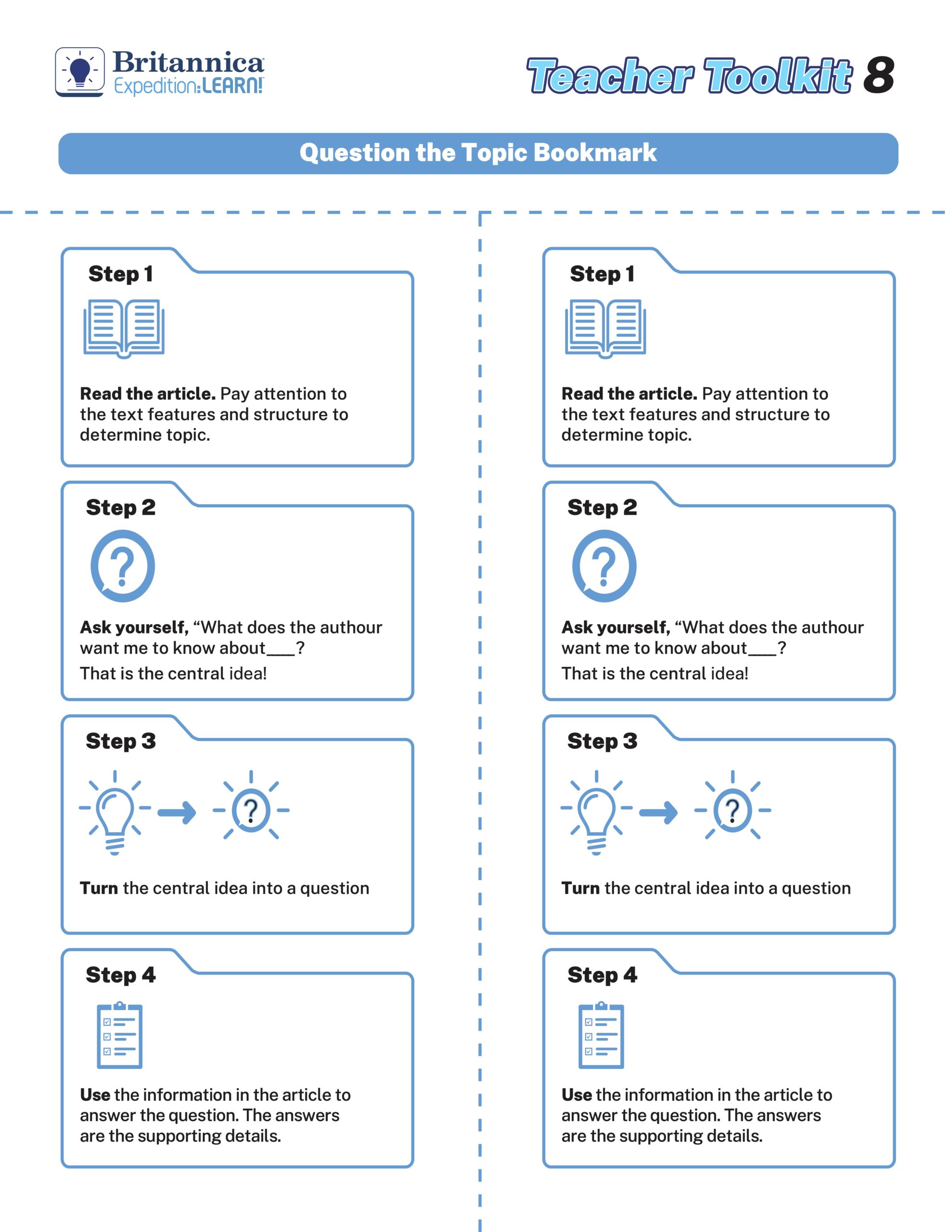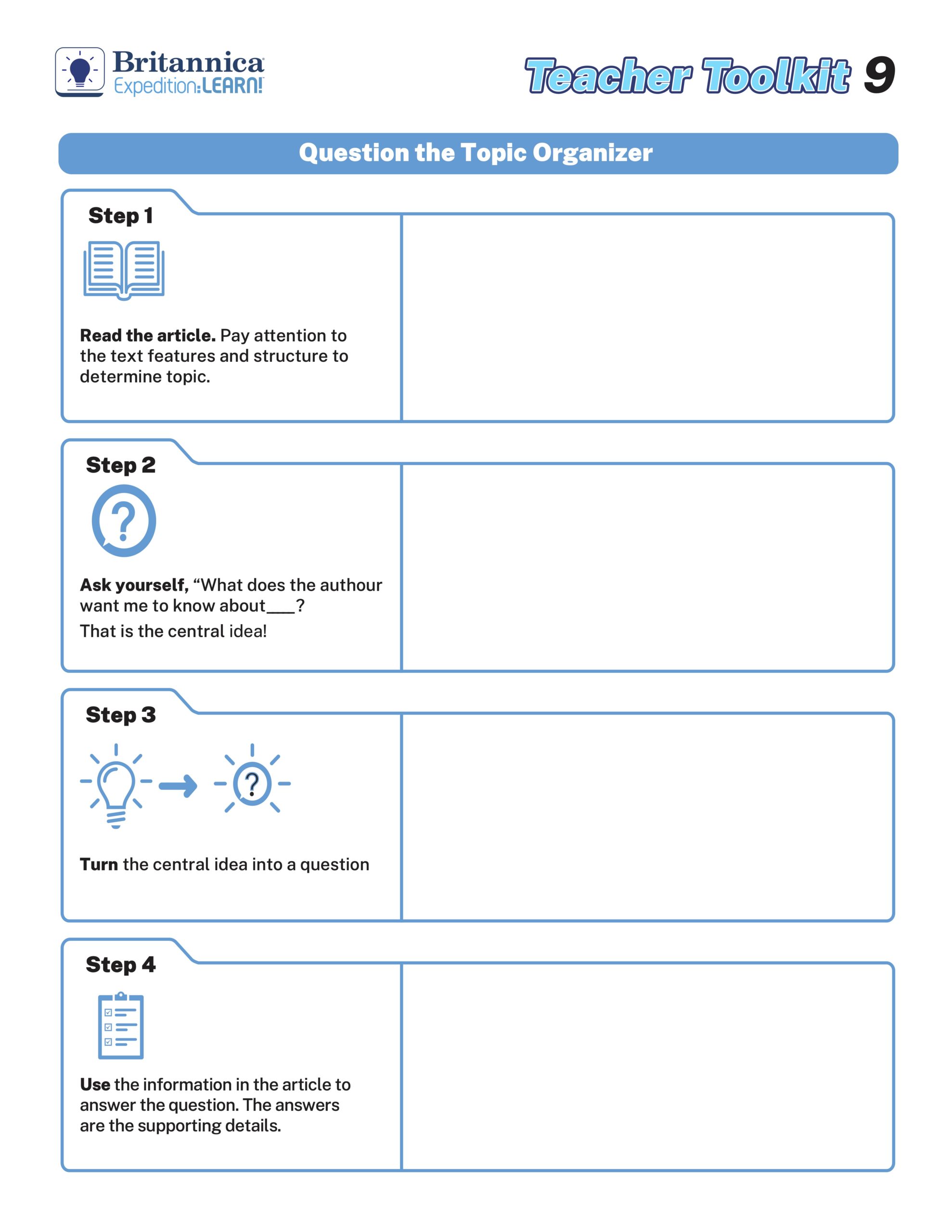These photographs were provided by Britannica ImageQuest, a leading database for over 3 million rights-cleared images. Sign up for a free trial today and see how curriculum-relevant images can transform lessons.
The third part of our activity series, exploring women’s movements through primary source ImageQuest photographs, is for high level students. It focuses on the influence of the civil rights movement on the women’s liberation movement and how they intersected.
Of all the forces for change happening in the United States in the mid-1960s, none impacted the revival of the feminist movement more than the civil rights movement. A decade earlier the U.S. Supreme Court had mandated the racial desegregation of public schools in its famous Brown v. Board of Education of Topeka decision of 1954. This encouraged challenges to other forms of racial segregation.
Civil rights demonstrators stood up for their rights, were arrested and beaten by authorities, and began to receive the sympathy of national media and public opinion. In this context, feminism came back into the American public eye. Women were inspired by the model of African Americans who had banded together to question long-standing discrimination and widespread racist beliefs, and they mounted organized protests against their own subordination as women. They invented a new word, sexism, to signify the similarities between discrimination against people of color (racism) and discrimination against women. They began to use the term gender to separate out and concentrate on the legal and social discrimination between men and women that they insisted must be undone.
Historians have named this feminist revival “the second wave.” It attracted women of different generations who approached the problems of sexism with various political styles and protest methods. Many professional and working women had long—if quietly—worked against gender discrimination from within existing women’s organizations. These and other women concentrated on challenging discriminatory laws and pressing the major political parties to respond to their demands.
High Level Activity:
Examine how the civil rights movement intersected with and inspired the second wave of feminism.
Explore Primary Sources:
1. Civil rights march on Washington, 1963
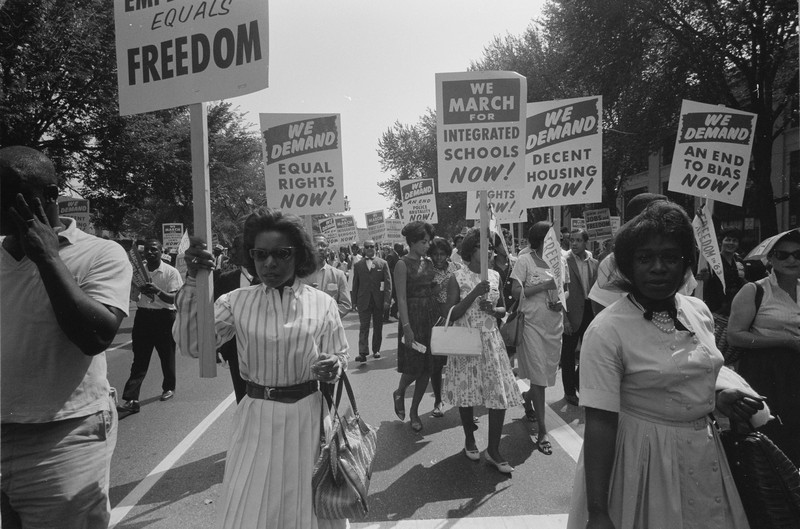
2. Women marching for equality in New York, 1970s
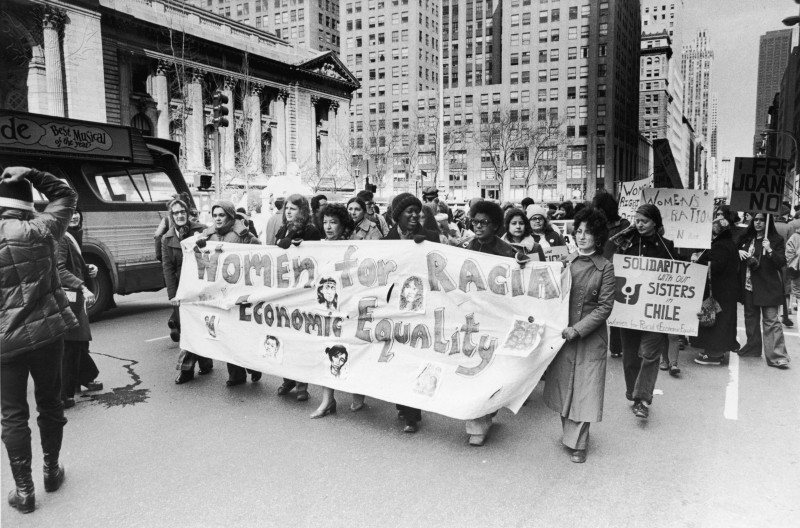
3. Women’s liberation demonstration in New York, 1970s

4. New York protest for women’s liberation, 1971
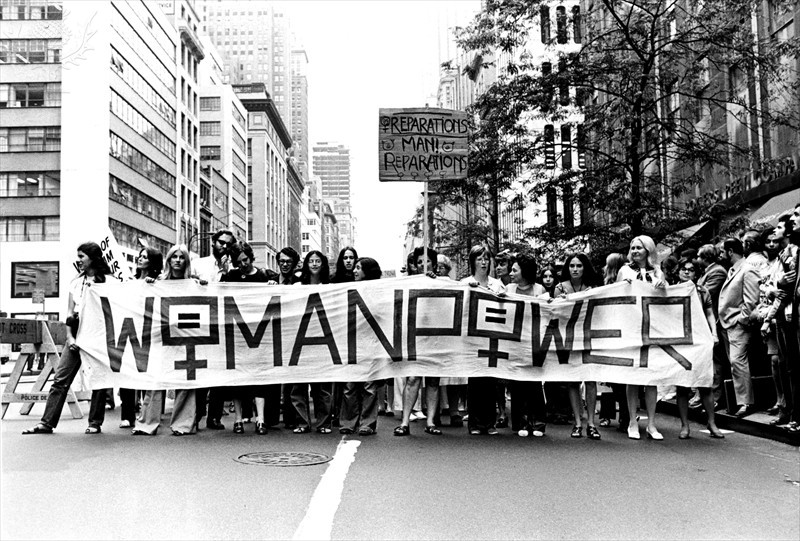
Suggested Guiding Research Questions:
• What do you notice first when you look at any of these photos?
• When were the photos taken? Do you know anything about the political climate during those times?
• Who agreed with the protesters, who disagreed? Why?
• What information has not been included that you wonder about?
• How do you think the civil rights movement (photo 1) inspired the women’s liberation movement (photo 2, 3, and 4) of the 1960s and 1970s?
Activity Extension:
• Create a visual timeline of the 1960s into the 1970s using additional images from Britannica ImageQuest.
Citation Information:
Civil rights march on Washington, DC, USA. Procession of African Americans carrying placards demanding equal rights, integrated schools, decent housing, and an end to bias. 28 August 1963. Photographer: Warren K Leffler. Photography. Britannica ImageQuest, Encyclopædia Britannica, 25 May 2016.
Women For Equality. Photographer. Britannica ImageQuest, Encyclopædia Britannica, 25 May 2016.
New York Demo. Photographer. Britannica ImageQuest, Encyclopædia Britannica, 25 May 2016.
Protest in New York. March for women’s liberation, 1971, United States. Photograph. Britannica ImageQuest, Encyclopædia Britannica, 25 May 2016.












